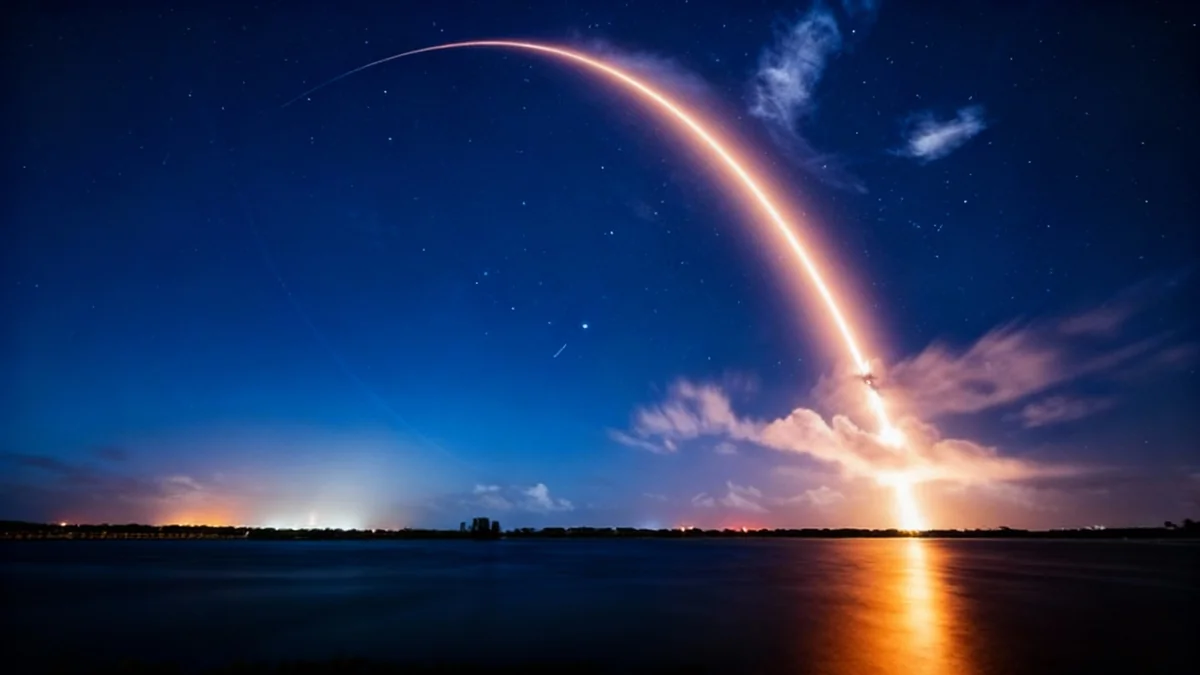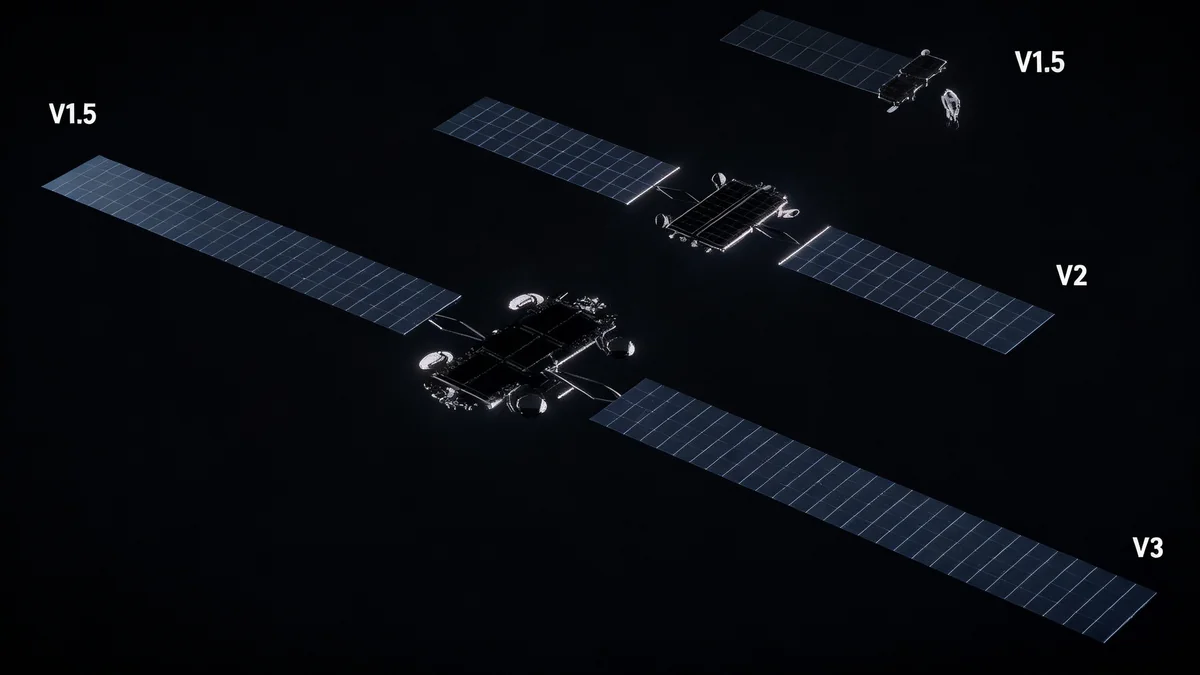A Japanese startup has unveiled an ambitious plan to develop a suborbital space plane capable of transporting passengers between Tokyo and New York in approximately one hour. The project, led by Innovative Space Carrier Inc. (ISC), aims to redefine long-haul travel by flying at the edge of space, though the experience will come with a significant price tag.
Key Takeaways
- Innovative Space Carrier Inc. is developing a space plane named ASCA for high-speed intercontinental travel.
- The proposed route from Tokyo to New York would take about 60 minutes, a journey that currently takes over 12 hours.
- Round-trip tickets are projected to cost approximately $657,000 (¥100 million).
- The project relies on reusable rocket technology and offshore launch platforms to manage costs and safety.
- While initial experiences are planned for 2026, full passenger flights are not expected until the 2040s.
The Vision for Suborbital Travel
The concept of shrinking the globe through high-speed transport is taking a significant step forward with the ASCA space plane. This initiative, backed by major partners including Nippon Travel Agency, envisions a future where crossing the Pacific Ocean is as fast as a short domestic flight is today. The proposed 10,850-kilometer journey would be completed at speeds approaching Mach 9.
To achieve this, the ASCA craft is designed to launch vertically like a traditional rocket. This method allows it to quickly ascend through the densest parts of the atmosphere. After reaching its suborbital altitude, it will glide along the edge of space before re-entering the atmosphere for a controlled landing near its destination city.
Passengers aboard the flight will experience a unique journey. The ascent and descent phases will subject them to intense G-forces, similar to those experienced by astronauts. During the peak of its trajectory, travelers will have a few minutes of weightlessness and a view of the Earth's curvature against the blackness of space.
A New Era of Point-to-Point Travel
Suborbital point-to-point travel has long been a goal for aerospace engineers. Unlike orbital spaceflight, which requires achieving a stable orbit around the Earth, suborbital flights follow a ballistic trajectory. This allows for extremely high speeds over long distances without the time and energy required to enter and then leave orbit, making it a theoretical solution for rapid global transportation.
Technological and Logistical Hurdles
Bringing the ASCA project to fruition involves overcoming substantial engineering and logistical challenges. A key component of ISC's strategy is the use of reusable rocket technology. This approach, pioneered in the commercial space industry, is crucial for making the service economically viable by reducing the cost per flight.
Safety and environmental impact are also primary concerns. To minimize noise and risk to populated areas, ISC plans to use offshore launch and landing platforms. Japanese shipping giant Mitsui O.S.K. Lines is reportedly developing these mobile sea-based facilities. This strategy moves the entire operation away from land, providing a buffer zone for takeoffs and landings.
By the Numbers: The ASCA Project
- Travel Time: 60 minutes (Tokyo to New York)
- Projected Speed: Close to Mach 9
- Distance: Approx. 10,850 kilometers
- Ticket Price: $657,000 (Round Trip)
- Launch Method: Vertical takeoff from an offshore platform
The Passenger Experience
The journey on ASCA is being marketed not just as transportation but as an exclusive adventure. The high price point reflects the uniqueness of the experience, which blends ultra-luxury travel with elements of astronaut training. Passengers will undergo preparation to handle the physical sensations of high-G maneuvers and weightlessness.
The flight itself will be brief but intense. The powerful acceleration during launch will be followed by a serene period of coasting at the edge of space. This phase will offer unparalleled views of the planet before the craft begins its descent, which will again involve significant G-forces as it brakes against the atmosphere.
A Long-Term Strategy
While the vision of a one-hour trans-pacific flight is compelling, ISC is taking a phased approach. The company does not expect full passenger services to commence until the 2040s. This extended timeline accounts for the immense technological development, regulatory approvals, and safety certifications required for commercial human spaceflight.
In the interim, ISC plans to build interest and generate revenue through what it calls "space adjacent" experiences. Starting in 2026, the company intends to offer space-themed tours, access to advanced flight simulators, and astronaut-style training programs. These offerings will allow customers to get a taste of the experience and help build a brand around the future of high-speed travel.
The appeal lies not only in the time saved but in the thrill of space-edge travel, a domain previously reserved for a handful of astronauts and specialized pilots.
The cost of a ticket, estimated at around ¥100 million (approximately $657,000), places this service firmly in the ultra-luxury market. This price is several times higher than chartering a top-tier long-range private jet for the same route. However, ISC is betting that the novelty and prestige of suborbital flight will attract a clientele for whom time and unique experiences are the ultimate luxuries.
If Innovative Space Carrier Inc. succeeds, it could set a new benchmark for what is possible in global travel, effectively transforming our perception of distance and time. For now, the world watches as this ambitious Japanese venture takes its first steps toward making the dream of one-hour intercontinental flights a reality.





